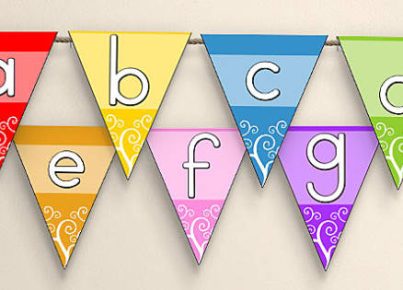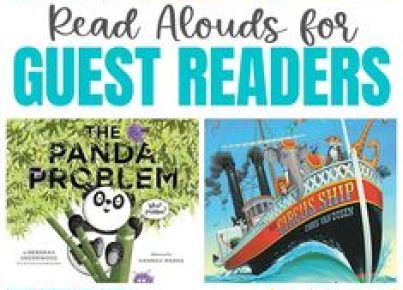Auslan, or Australian Sign Language, is the language of the deaf community in Australia. For educators, learners, and everyday individuals alike, increasing access to quality Auslan teaching resources is critical for promoting inclusion and facilitating communication. In recent years, there has been a surge in the availability of educational tools designed to support the learning of this essential language.
Incorporating Auslan into educational settings starts with training teachers. Professional development workshops that are offered either in-person or online can equip educators with the foundational skills needed to integrate Auslan into their curriculum. Additionally, sign language courses tailored for different age groups facilitate a better learning environment for students.
Online platforms and mobile applications have made learning Auslan more accessible than ever. With interactive lessons, games, and quizzes, these technologies cater to individuals who prefer self-paced learning. They are effective for reinforcing vocabulary and understanding the structure of the language. Users can practice at any time and from anywhere, making it highly convenient to commit to regular practice.
Sign language dictionaries are also an indispensable resource for both learners and educators. They provide comprehensive information on signs including handshapes, movements, and facial expressions associated with each word or phrase. Some dictionaries offer video demonstrations which are especially helpful for new learners to understand the nuances of signing correctly.
Classroom materials like posters and flashcards serve as constant visual reminders for students. They are excellent for quick reference during lessons or conversations in Auslan. Resources designed specifically for classroom engagement such as songs, stories, and rhymes in Auslan can significantly enhance the enjoyment and retention capacities of young learners.
Deaf-led community initiatives offer workshops and events where learners can immerse themselves in environments using Auslan exclusively. These experiences encourage real-world practice and provide learners with a glimpse into Deaf culture which is integral to understanding context when using sign language.
It is also increasingly common for public services such as libraries to host storytime sessions in Auslan or offer education materials in both English and Auslan. This not only helps deaf children but also allows hearing peers to engage with the language early on.
The creation of inclusive teaching materials that incorporate both spoken languages and Auslan ensures that all children have the opportunity to learn side-by-side. These dual-language books and videos can help normalize the presence of sign language in everyday life.
Overall, there has been significant progress made towards developing robust teaching resources for Auslan that cater to different learning styles and needs. As society moves towards greater inclusivity, the importance of these resources becomes even more pronounced – ensuring that everyone has the chance to learn this beautiful form of communication.




